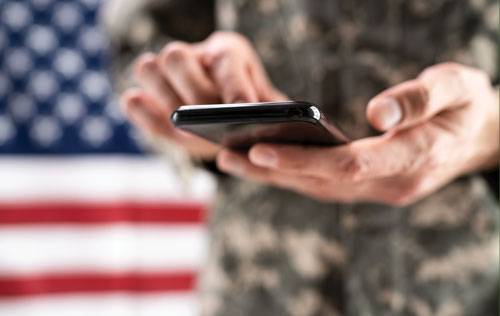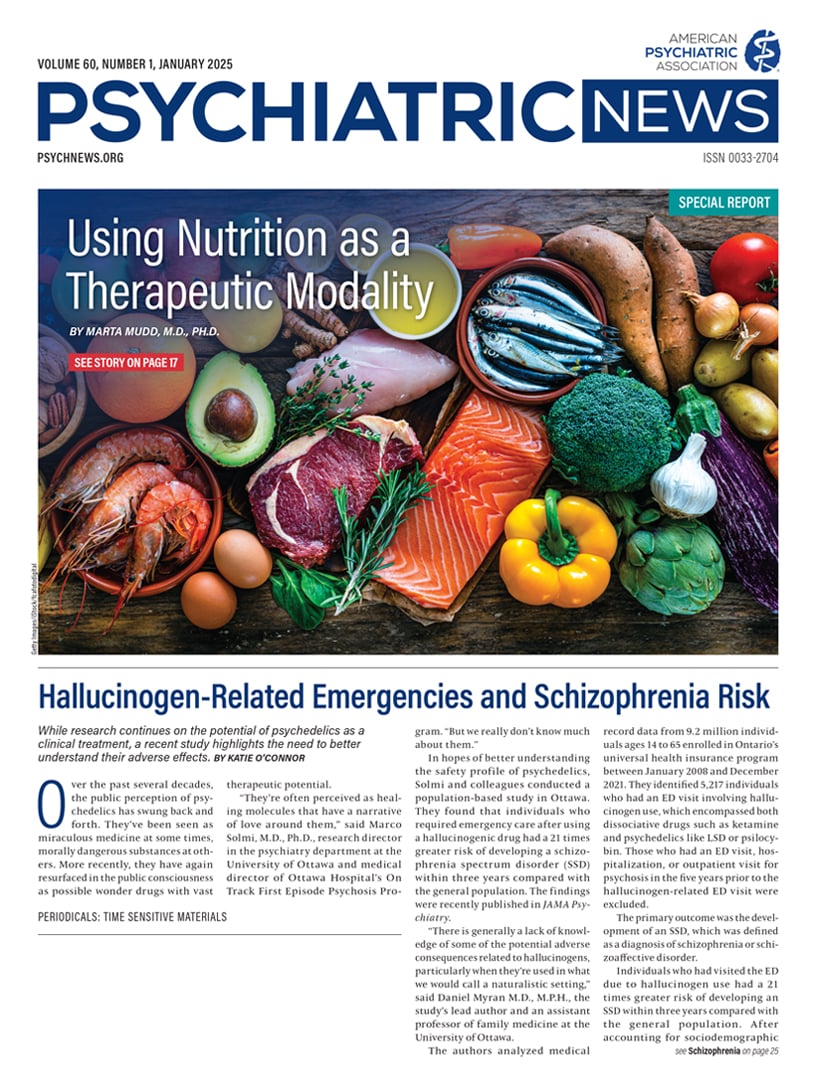Offering virtual mental health care alongside in-person care may reduce suicide-related events among veterans, according to a
study issued recently in
JAMA Network Open. The study found that a 1% increase in the probability of virtual mental health visits was associated with a 2.5% decrease in suicide-related events.
“I hope policymakers and clinical leaders recognize the importance of maintaining access to virtual mental health services, even beyond the peak of the pandemic, as it has the potential to save lives,” Kertu Tenso, Ph.D., the study’s lead author, said in an email. Tenso is a senior data scientist with Apree Health who recently completed her doctorate at the Boston University School of Public Health.
Tenso and colleagues used U.S. Department of Veterans Affairs (VA) data on 16,236 veterans (average age 33 and 67% male) who were discharged or released from active duty between March 1, 2019, and December 31, 2020. The researchers included veterans who received at least two outpatient diagnoses or a single inpatient diagnosis of major depressive disorder, substance use disorder, or posttraumatic stress disorder in the year before they most recently left active duty.
Each veteran was followed for up to 13 months starting on March 1, 2020. VA data provided the researchers with information on the number of virtual and in-person mental health visits that the veterans received during a specific month. They also looked at any suicide-related events during that month, including nonfatal suicide attempts, intentional self-harm, or suicide deaths.
Veterans received an average of 2.2 mental health visits per month, with about 45% conducted virtually. There were 929 suicide-related events during the study period.
The initial analysis comparing these variables found that a 1% increase in the probability of virtual care in a given month reduced the probability of a suicide-related event by 0.4%. However, a deeper analysis that factored in the dynamic nature of mental health care and suicidality resulted in the stronger 2.5% decrease in suicide-related events per 1% increase in virtual care.
Peter Yellowlees, M.B.B.S., M.D., a distinguished emeritus professor of psychiatry at the University of California, Davis, and CEO of Asynchealth Inc., called the study encouraging. There are several reasons why access to virtual mental health care in addition to in-person care may reduce suicide-related events, he noted. He pointed specifically to the speed at which veterans can see their clinicians when reaching them virtually.
Suicide-related events are often impulsive and relatively unplanned, Yellowlees said. The ability to easily access clinicians to prevent these events is critically important. “A little-reported feature of all mental health consultations is that it is fairly common for patients to decide not to attend the consult, or to forget them,” said Yellowlees, the co-author of “Telepsychiatry and Health Technologies: A Guide for Mental Health Professionals” from APA Publishing.
“In these situations, with virtual appointments, clinicians now frequently call these ‘no-show’ patients on their cellphones and are able to connect with them even though the patient had previously decided not to attend the consult.”
Yellowlees said it is fair to assume that in some of these situations, the patient is suicidal or otherwise distressed, and that is why they are not attending the appointment. “The clinician outreach direct to them can be helpful and reassuring,” he said. “This has certainly been the case in my clinical practice.”
In the study, the researchers emphasized the need for continued access to both virtual and in-person care. “Even though the overall results of this study are promising, not everyone may benefit from virtual care the same way,” Tenso said. “There are some qualitative studies that report that some veterans do not find virtual care comfortable. Some may also experience technological limitations. We know that there are racial and socioeconomic disparities in terms of access to telehealth.”
Tenso noted some limitations of the study, including that the veteran population is quite different from the general U.S. population. Veterans tend to be sicker and have more chronic comorbidities. They also do not face the health insurance constraints that the general population does.
“I believe it’s crucial to replicate this research in other contexts, especially within the general population,” Tenso said. “Additionally, I would be eager to see this study carried out using data from 2022 and beyond to determine if the association remains consistent in the later stages of the COVID pandemic.”
This study was supported by a grant from the VA Quality Enhancement Research Initiative. ■


